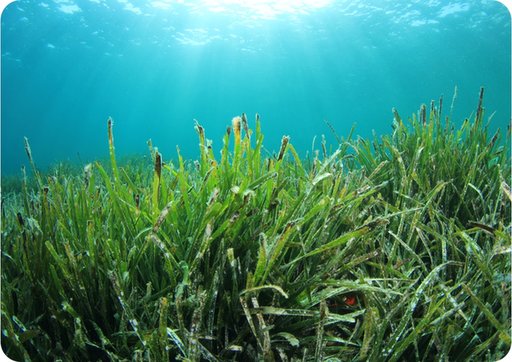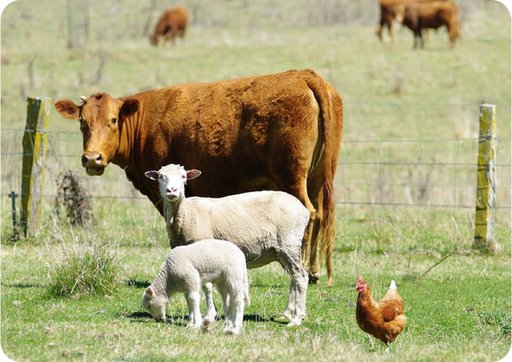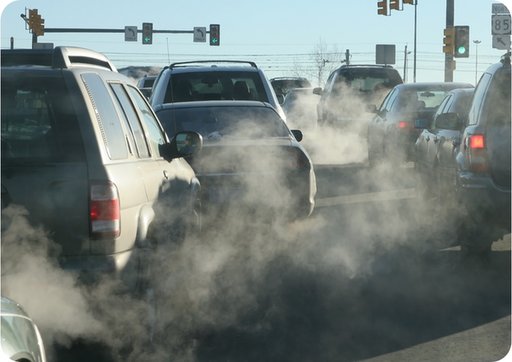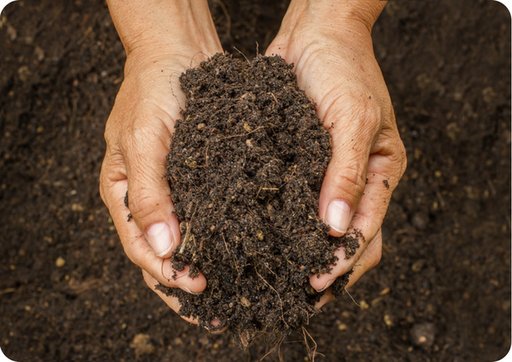
wetland

forest fire

plants in water

animals

plants on land

burningfossil fuel

soil
Carbon Source
Carbon Sink
Carbon Source
Carbon Sink
Carbon Source
Carbon Sink
Carbon Source
Carbon Sink
Carbon Source
Carbon Sink
Carbon Source
Carbon Sink
Carbon Source
Carbon Sink
Toomuchcarbondioxideintheatmospherecanbeharmfultothe planet.
Isthephotoshowingacarbonsourceoracarbonsink?Tapabuttonto answer.
Welldone!
Play Again